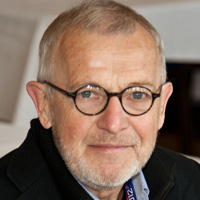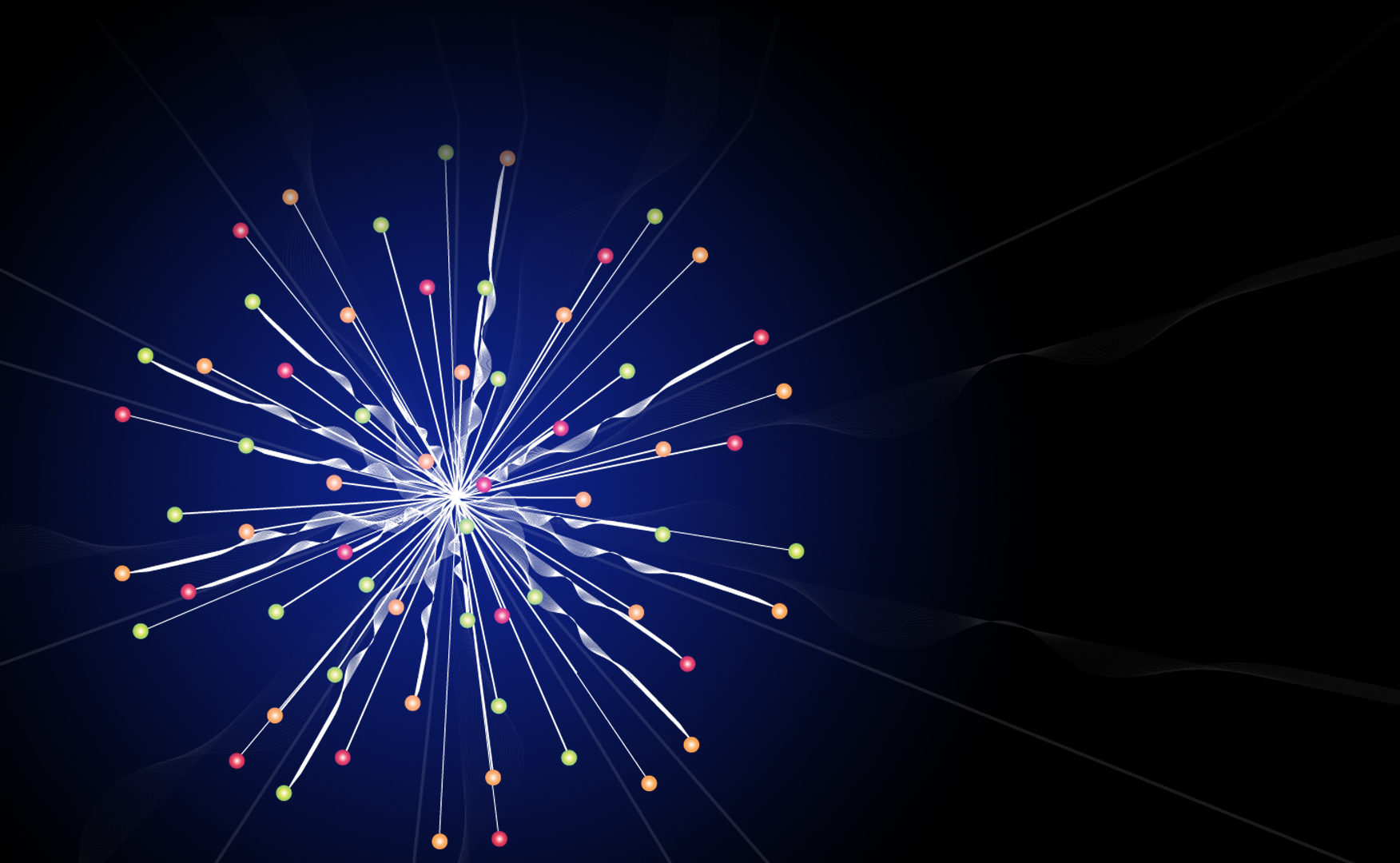Francis Halzen

Francis Halzen has spent over 20 years working on telescopes that detect not light, but neutrinos—tiny, high-energy particles released by violent astronomical events like exploding stars, gamma-ray bursts and crashing black holes. Neutrinos act as messengers from those faraway galactic events, and observing them can help scientists better understand not only those phenomena but the identity of dark matter, the origins of cosmic rays and the behavior of neutrinos themselves.
In 1987, Halzen began developing a pilot project called the Antarctic Muon and Neutrino Detection Array, or AMANDA, a neutrino telescope buried more than a mile deep at the South Pole. The telescope was the first to use Antarctic ice to catch and detect muons, the heavier particles neutrinos turn into when they collide with hydrogen and oxygen in the ice. AMANDA paved the way for the IceCube Observatory, which uses more than 30 billion cubic feet of ice and is now the largest neutrino detector in the world.
Halzen, a physics professor and the director of the Institute for Elementary Particle Physics Research at the University of Wisconsin in Madison, has received Germany’s Helmholtz-Humboldt Research Award and honorary doctorates from Uppsala University in Sweden and the Technical University Munich, among many other awards. His essay “Antarctic Dreams,” about the early days of AMANDA, was featured in The Best American Science Writing 2000.







 Share
Share










